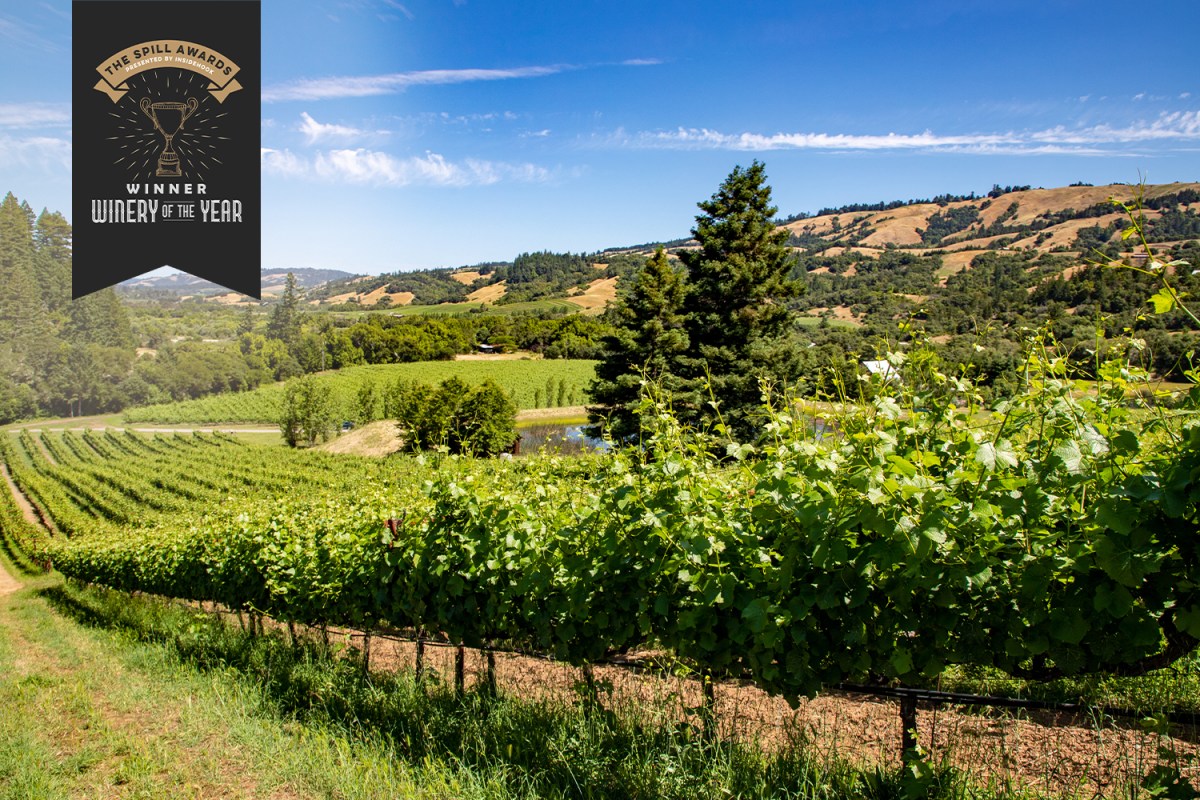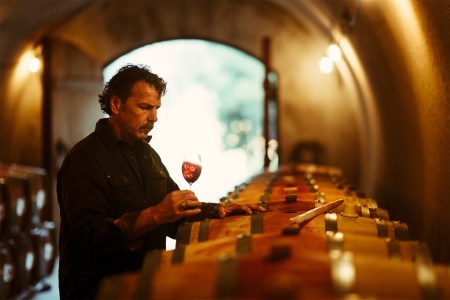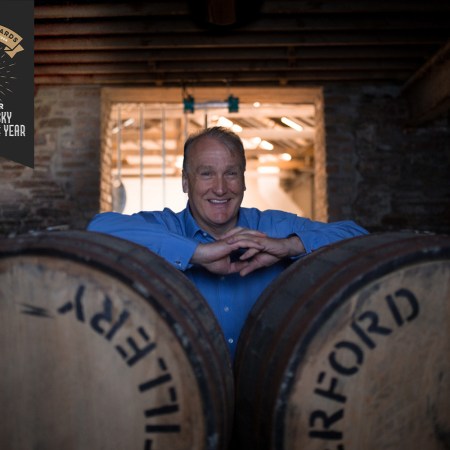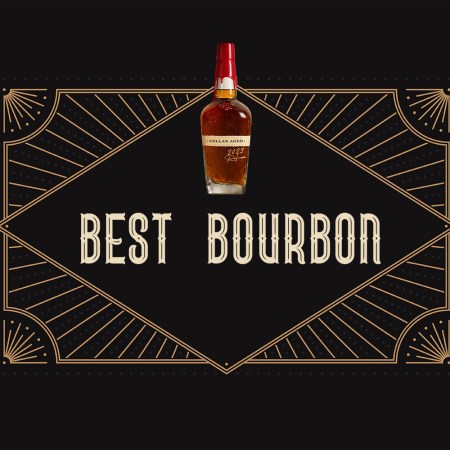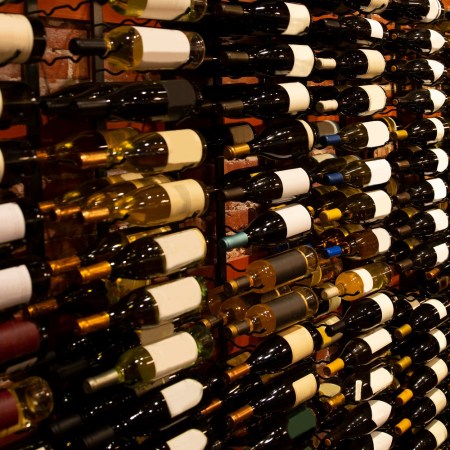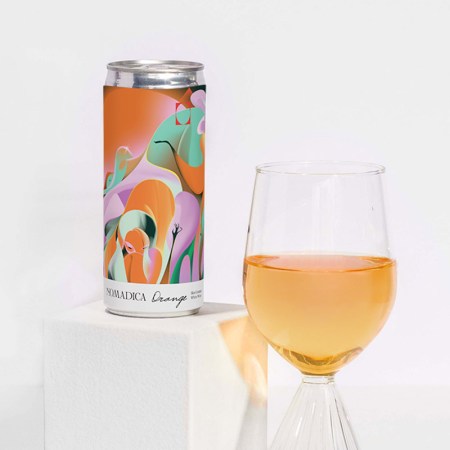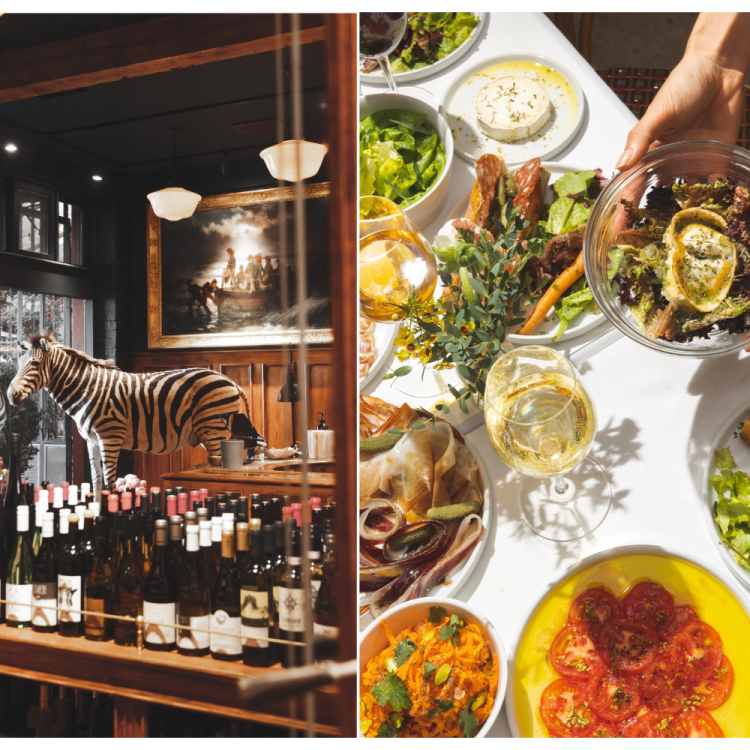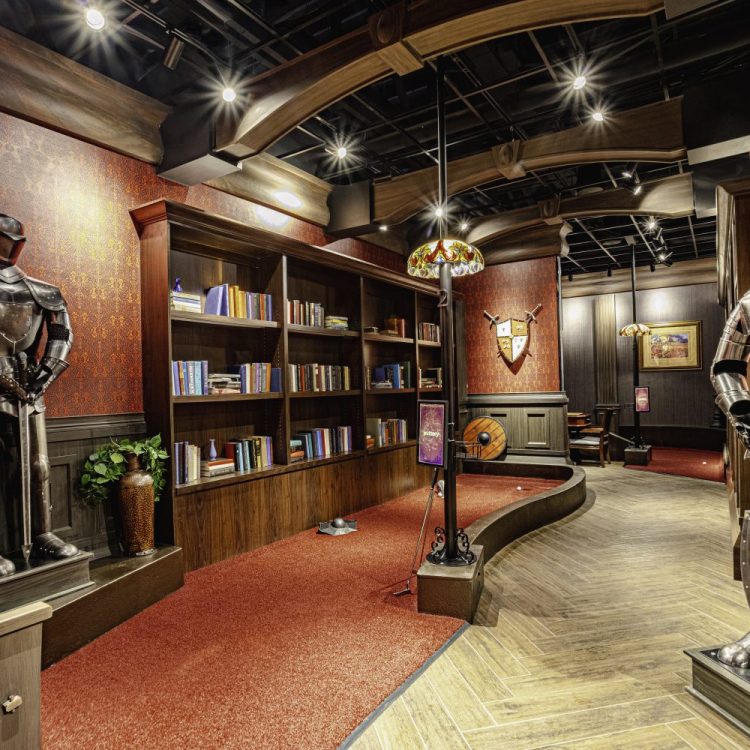Welcome to the The Spill Awards, celebrating the best in drinks for 2023. While you’re reading, please take a moment to subscribe to our spirited newsletter, The Spill.
I don’t remember when I fell in love with this wine. Maybe it was that first sip of bright, sparkling wine after a day of pulverizing my palate with burly cabernet sauvignons. Or maybe it was during a visit to one of my favorite chardonnay producers — they welcomed me not with Champagne or something they make, but with Schramsberg.
In a Northern pocket of the valley on the timbered hills of Diamond Mountain, Schramsberg quietly takes the valley’s best chardonnay grapes and turns them into something sparkling — expressive, precise, effervescent chardonnay that nods to French tradition but keeps its boots firmly in Napa. It’s Champagne with a star-spangled lean.
The winery was founded in 1862 by German immigrant Jacob Schram (Robert Louis Stevenson was a fan), but over time, the property was abandoned. A century later, Jack and Jamie Davies revived the estate, repairing the old Victorian home and dusting the cobwebs out of the miles of underground caves hidden in the hills. Napa was in its infancy at the time — just 22 wineries existed in the valley.
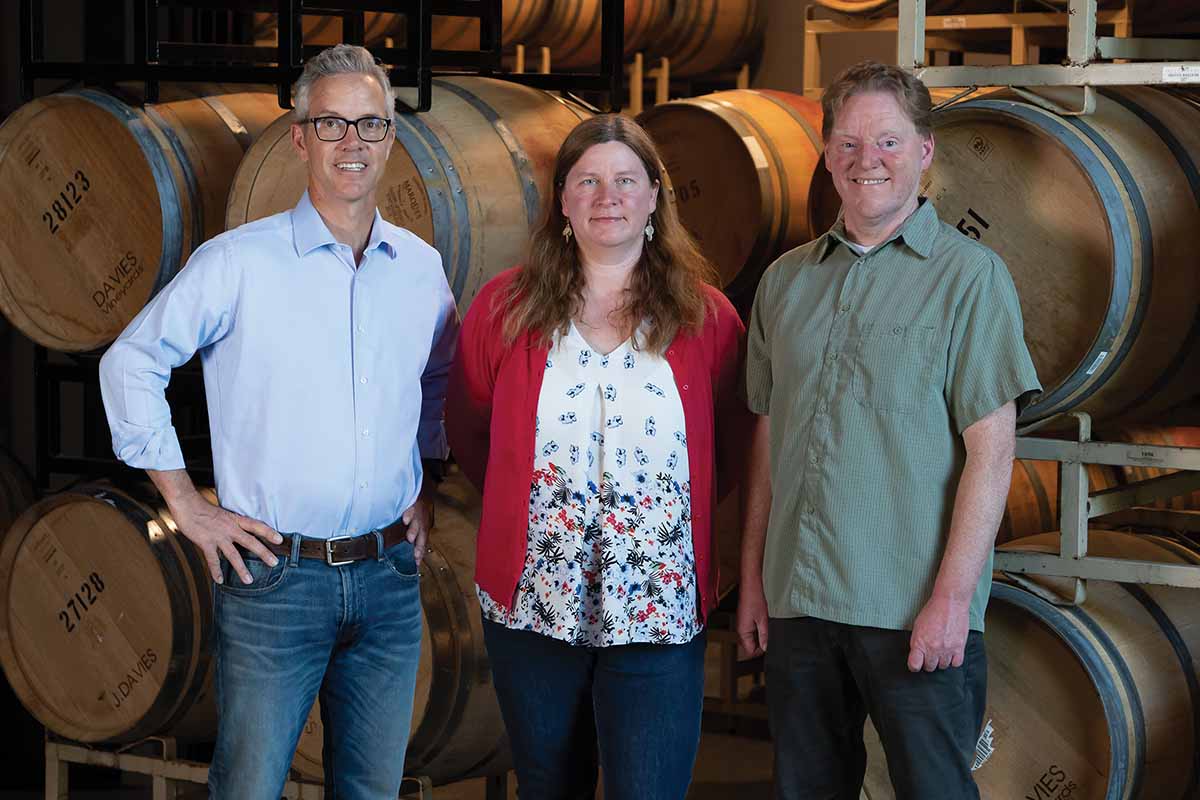
The property is now run by Jack and Jamie’s son, Hugh, who approaches winemaking like a recipe. Instead of supervising entirely their own vines, they cherry-pick nice grapes from 78 vineyard sites around Napa, Sonoma, Marin and Mendocino. “We don’t buy land because we’re like chefs — we want to access a wide variety of ingredients,” Davies says. They use a wide variety of clones (the variation of grape variety — some chardonnay comes from Burgundy, others from a university in Dijon, others from further afield. All offer different aromatic and flavor traits.) “It’s like a coloring box for us to use,” Davies adds.
The grapes are harvested and vinified separately. Typically, Schrasmberg makes 250 base wines, which will be blended into the 12-ish wines that make up the core line-up of method Champenoise-style sparkling wine. When the wines are ready to age, they descend into the caves where almost three million bottles hide in miles of twists and turns (the depths help maintain temperature and humidity).
An Insider’s Guide to Napa Valley, Courtesy of Winemaker Chris Carpenter
The one thing that annoys locals, a restaurant you can’t miss and other tipsThere are three tiers of bubbles at Schramsberg. At the top, J. Schram is made from the very best blocks in the very best vineyards and aged for close to a decade in Schramsberg’s underground caves. Just 2,000 cases of J. Schram are released each year. The next tier, Schramsberg (the first commercial American sparkler ever made), is their flagship: luxurious but with a more approachable ethos and price tag but built to age beautifully. For everyday drinking, the Mirabelle line (Schramsberg’s entry tier) is made with grapes pulled from multiple vintages (including from Schramsberg’s stash of aged base wines). And at $30ish, it’s weeknight, every night, crack-it-open-whenever wine.
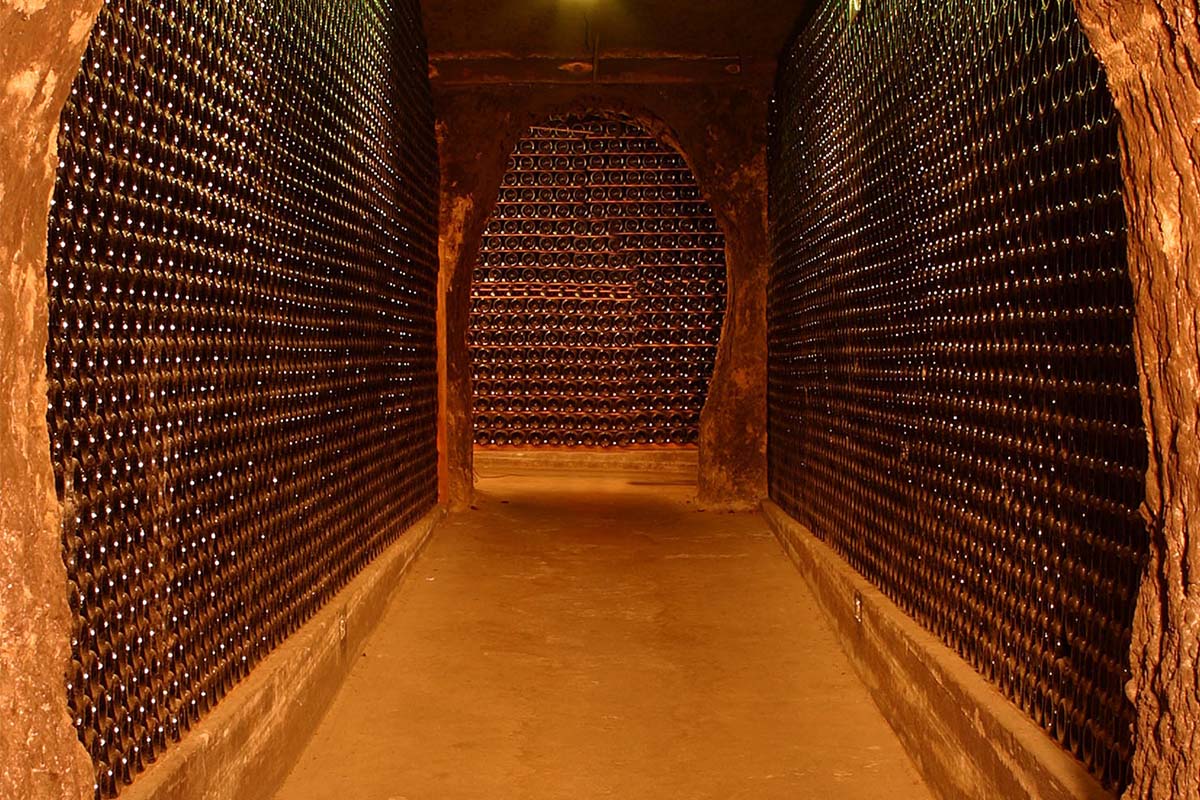
What to try:
- 2014 J. Schram Blanc: This wine casts Napa chardonnay in a different light. Yes, it’s still the same grape that produces the big rich whites Napa built its name from, but it’s vivid and ethereal with notes of ginger, financier, vanilla and twinkling acidity. It’s aged eight years in the Diamond Mountain caves and topped up with a brut dosage. $140
- 2015 Schramsberg Extra Brut: The extra brut was bred for people who like their wines mouth-drainingly dry. It’s delightfully steely and crisp with persistent, petite, driving bubbles. $100
Fun Fact: Schramsberg tends to be the preferred serve of presidents and royalty. It was what was raised at President Nixon’s Toast to Peace with China in 1972. The Queen sipped the brut rosé on a stateside tour, the Obamas got into the Crémant and Trump poured it for French president Macon.
Join America's Fastest Growing Spirits Newsletter THE SPILL. Unlock all the reviews, recipes and revelry — and get 15% off award-winning La Tierra de Acre Mezcal.
